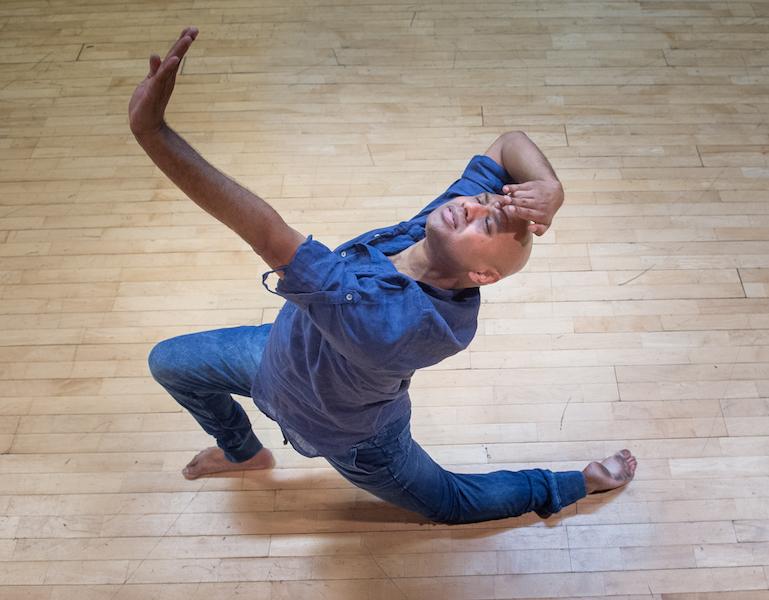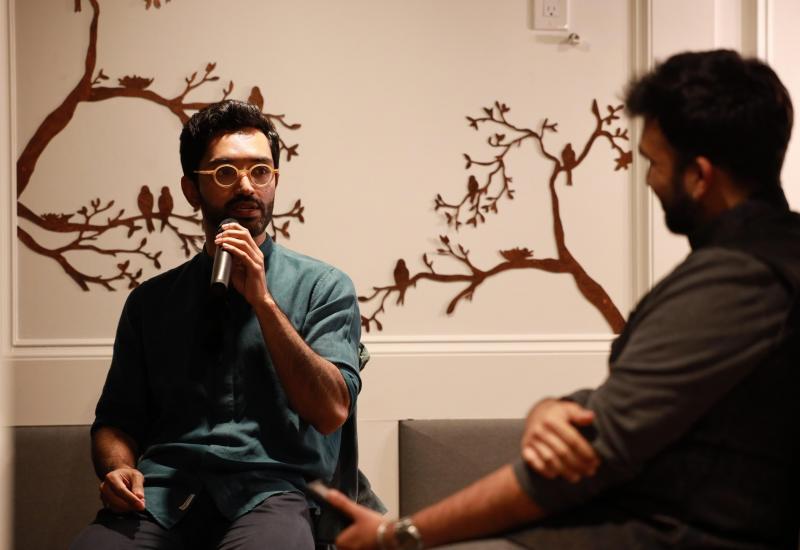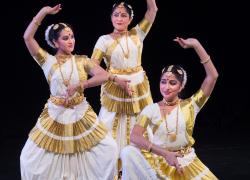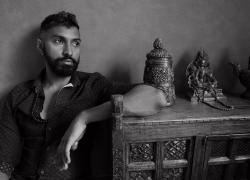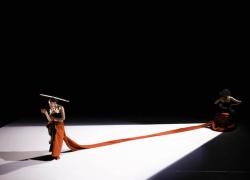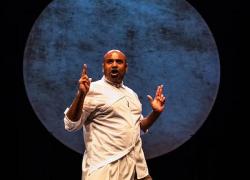Provocation: “The Technical Standards of Dance Achieved in the UK Do Not Match Those of India”
Many will roll their eyes at this subject heading. Too often the bharatanatyam work that comes out of the UK is examined with regards to India, sometimes to validate its authenticity, sometimes to claim its superior innovation and sometimes to lament the future of dance. The question of whether UK bharatanatyam dancers are able to match up to their Indian counterparts is an age-old contention that is based on so many subjectivities that yet another discussion is unlikely to yield more conclusive thoughts.
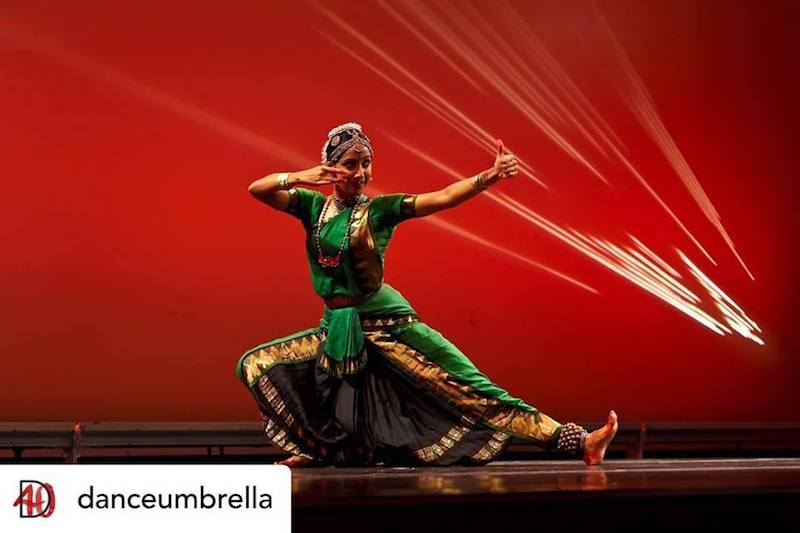
However, considering that the UK is a serious hub of Indian dance activity that often ends up articulating and representing bharatanatyam to those outside of it, it is perhaps worth reconsidering its position in relation to dance in India. I have used this provocation as a gateway to examine the dance environments in both countries, or rather in London and Chennai, in the hope of opening up more interesting and nuanced areas of discussion.
I’ll start with the most obvious disparity between both places. Each year in December, people flock from all over the world to Chennai to see it flaunt what it sees as the best in current bharatanatyam work, and what goes on stage is quite different to what we see in the UK. The Music Academy, one of the most popular venues in Chennai, hosts three maargam performances a day, always to a packed auditorium. Each dancer takes ninety minutes to work their way through this traditionally structured solo performance, which is a comprehensive and traditional tour of all the different modes of bharatanatyam, from spiritual to abstract and everything in between. The maargam format demands serious stamina, technical rigour and nuanced versatility; it is this style of presentation that is demanded by audiences in Chennai, and dancers will prepare accordingly. The UK on the other hand, has a professional bharatanatyam scene that consists mainly of productions that tour the venue circuit and are attended by mixed UK audiences.
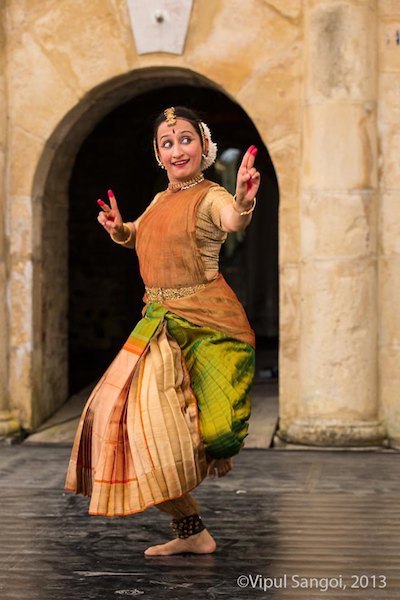
These tend to be solo or ensemble works that are conceptually driven and generally do not adhere to the maargam structure. Cross-media work is popular; voice, visual art, theatre, film, installation, site and prop are often central features of the production. Regardless of how you define the term ‘contemporary’, these works are immediately different from the traditional presentations of bharatanatyam that Chennai continues to preserve and promote. In order to appeal to British audiences who are still unfamiliar with bharatanatyam and the historical contexts which (like in any classical art) would otherwise add richness to the performance, dancers must rethink their form; this rethinking of bharatanatyam begins early, in the practice of the form and increasingly now, in its training. Bharatanatyam is still very much a minority dance practice in the UK, and practitioners often cannot help but attempt to convince their audiences of what they are doing, rather than simply doing.
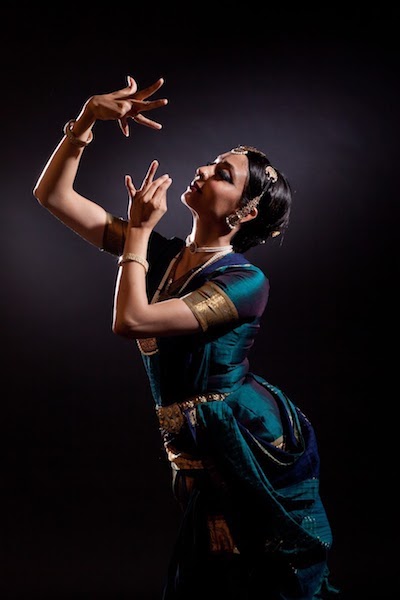
In stark contrast, Chennai is the home of bharatanatyam, where the dance form is both demanded by audiences but home also to the traditionalists who set the parameters of the form.
Given this disparity in the context in which bharatanatyam exists, it is of no surprise that bharatanatyam dancers in both places dance differently, make differently and train differently. The cultural proximity of bharatanatyam and daily life in Chennai makes it an immersive environment that is impossible to replicate elsewhere; audiences in Chennai are familiar with bharatanatyam outside of its performance context as temples, religious festivals and even Tamil cinema will feature bharatanatyam in some shape or form. Some may argue that this cultural proximity to bharatanatyam, in contrast to the culturally-removed dance classes in the UK, creates students who are more attuned to bharatanatyam education from the offset. Though it is undeniable that an immersive education is the best way to learn cultural skills such as language, I am hesitant to attribute differences in dance work to this primarily, given the potential pliability of the body and its responsiveness to training. Rather, this cultural proximity or distance perhaps results in a more conclusive difference in the ability of dancers to relate their art form to their lives.
However, the dance form itself that is being practised in both these places is perhaps inherently different. Dancers in Chennai train in ‘maargam bharatanatyam’; a practice that continuously deepens a grasp and understanding of traditional repertoire, and how to innovate within it. To perform well-known pieces again, dancers must execute with impeccable technical skill and also bring fresh charm to their performance. In this mastery of the traditional repertoire, or maargam, Chennai can probably hold better claim than the UK. With the practice largely unchanging from one generation to the next, gurus in India have an expertise that is truly sought out by their students. In contrast, the practice of bharatanatyam in the UK is neither so streamlined in focus, nor consistent from one generation to the next.
The imperative to always be engaging new audiences in ways that demonstrate some unique perspective leads bharatanatyam practitioners to spend more energy working on the peripheries of the form; it is common to train in disciplines outside of conventional bharatanatyam in order to diversify perspectives on movement and the versatility of the body. Technical perfection is much less a driving force to dance; in order to establish themselves as professional dancers, most practitioners must create new work, and choreographic learning often takes precedence. As a result, practitioners in the UK can develop expertise in vastly different areas of dance, which results in an industry that cannot boast a lineage of singular or focused expertise.
Another significant disparity in both dance environments is the financial structure that supports professional dancers. The UK dance industry runs mainly on public funds, and in order to receive public money, dancers must respond to the demands and preferences of these funding bodies; twenty years ago public funding was exalting ‘relevance’ as a virtue of dance, and now it underscores the importance of making work that grows audiences. It is virtually impossible to run a funded dance project without also running public engagement activities such as workshops, classes and participatory demonstrations; public money is given with the condition that your activities create benefits for those outside of your immediate network. This adds to the already diverse activities that dancers spend time on, that do not have technical perfection in mind. In order to have a profile worthy of funding, dance practitioners in the UK tend to become independent artists much earlier on than perhaps gurus would like. This again reduces the time spent pursuing technical perfection, and redistributes time to wider artistic learning, whether that be gaining experience in dance companies or choreographing short works.
Funding bids are usually supported by other practitioners or institutes, and dancers will spend time building these support networks for themselves. It’s fair to say that dancers in India begin this independent career as an artist at a later age, with a longer period in full-time technical training. The question finally arises then, of what ‘technical standards’ actually means. This discussion has been pivoting around the most conventional definition, which is based on the common usage of the word ‘technique’. But as the context, audience and purpose of bharatanatyam evolves, it is arguable that what we define as technical standards also changes with it. Does the imperative in the UK to actively create new work and investigate choreography redefine what technique dancers are required to have? Does the physical versatility to work well with different choreographers become a skill that is just as important as those traditionally associated with technique? Or the ability to mould your dance form easily to the concept or task in hand? Or understand and articulate your form from a biomechanical perspective? Or indeed to deliver your dance form to a room of elderly people in a sufficiently engaging workshop? Who decides what skills constitute being a good dancer?
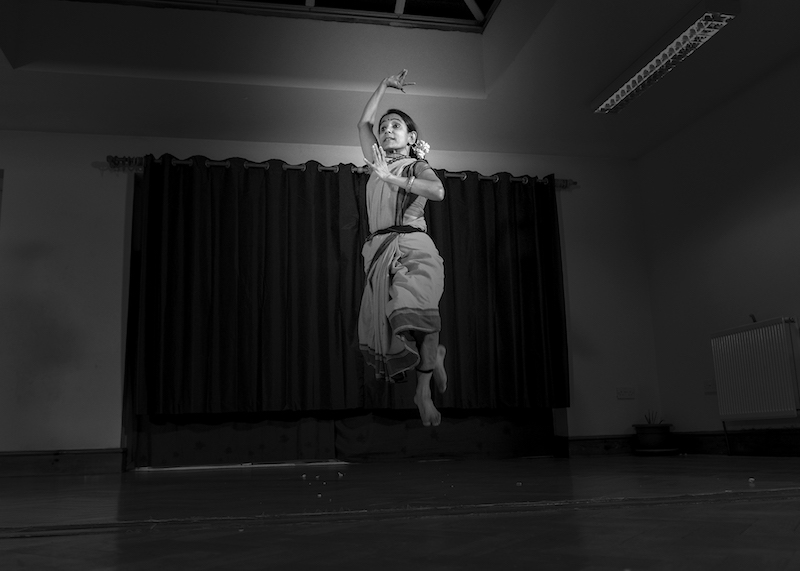
It becomes quickly clear that the other parameters of this discussion are equally debatable. Though UK dancers are frequently compared to their Indian counterparts, the conversation can be vastly different depending on which cross-section of Indian dancers are taken as a sample; Chennai is not representative of the bharatanatyam activity across India, most parts of which know little about bharatanatyam. The immersive learning experience that dance students in Chennai are able to experience is unique to Chennai. The UK on the other hand has a more consistent dance industry across the country; when we compare dancers in the UK and dancers in India, are we really comparing a representative average from both countries, or trying to determine instead whether the average dancer in the UK matches up to the best dancer in Chennai?
To add in yet another factor that clouds reasonable judgement, who even are the best dancers in India and do the close ties between wealth privilege and international exposure allow us to see them? Perhaps the most significant addition to this discussion is the emergence of a generation of global dancers who fully belong neither to Chennai nor their western home country, but benefit from the dance environments of both; they are able to train intensively and immersively in maargam bharatanatyam in Chennai, before returning to creative projects, choreographic enquiries and network-building back at home. Though Mythili Prakash may have been one of the few foreign dancers in her generation that earned a place on the Music Academy stage, the number of full-time dancers who split their time between Chennai and Toronto / London / etc is increasing rapidly. Similarly, dancers in India are increasingly able to access training and creative opportunities abroad. Considering this globalisation of the dance industry, it becomes even more arbitrary to try and compare dancers based on geography.
Chennai is undoubtedly the motherland of bharatanatyam, a rich source of tradition, knowledge and technical expertise. Hosts to the most tightly curated bharatanatyam festivals in the world, Chennai is also a gatekeeper of tradition and thus becomes a benchmark for quality bharatanatyam. The UK in comparison has but a fledgling bharatanatyam industry, where practitioners focus on making work that can sit alongside that of mainstream dance choreographers and win over audiences that know nothing of their form. As work coming out of both these dance environments is fundamentally different then, perhaps a more relevant provocation would be to ask if both these places should even share the same name for their work. “British Bharatanatyam”, anyone?
Note: In order to widen my perspective on this discussion, I spoke to Shane Shambhu, Stella Subbiah and Pallavi Anand and thank them for their time. This essay does not necessarily represent their views.

